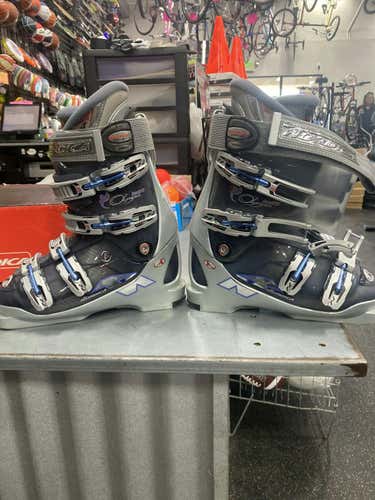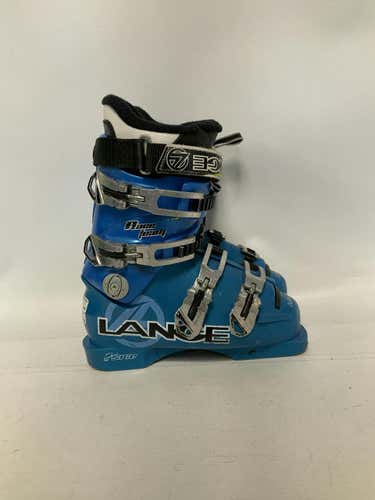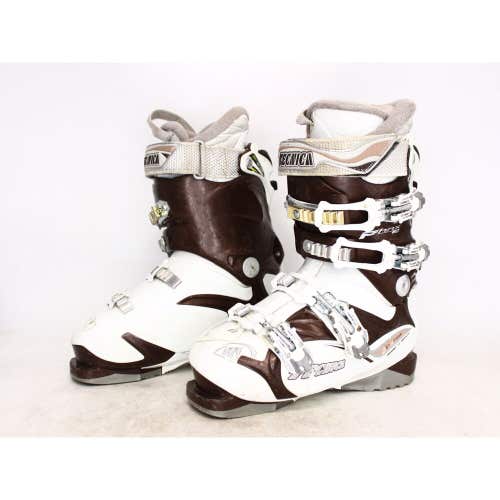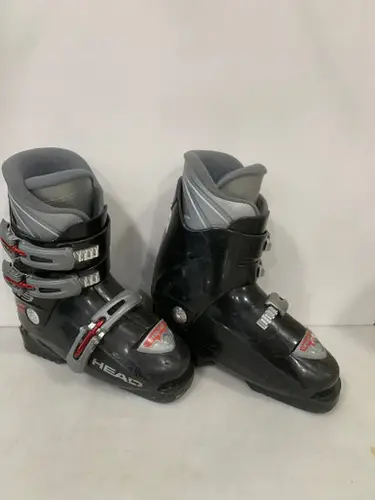Popular Ski Boots
See more Popular Ski Boots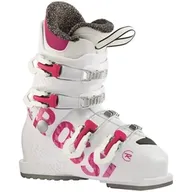
Rossignol Fun Girl
10 Available

Tecnica Mach 1
32 Available
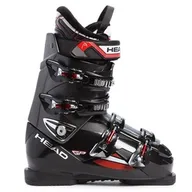
HEAD Edge
200 Available

Dalbello Vantage
43 Available

Tecnica JT3
15 Available
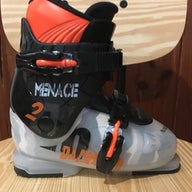
Dalbello Menace 2
12 Available
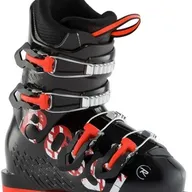
Rossignol comp j4
19 Available
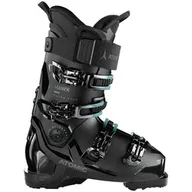
Atomic Hawx Ultra
14 Available
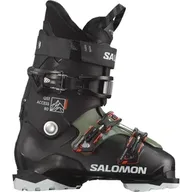
Salomon Quest Access
12 Available
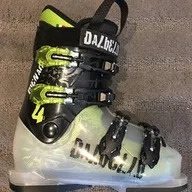
Dalbello Menace 4
10 Available
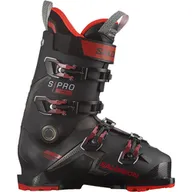
Salomon Performa
66 Available

Nordica Dobermann
38 Available
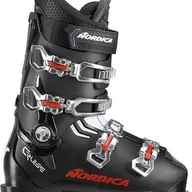
Nordica Cruise
48 Available

HEAD formula
17 Available
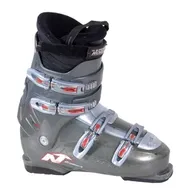
Nordica Easy move
13 Available
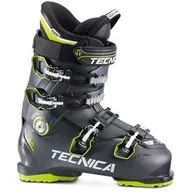
Tecnica Ten.2 80 HV
17 Available
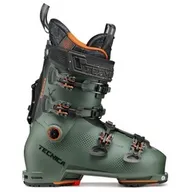
Tecnica Cochise
19 Available
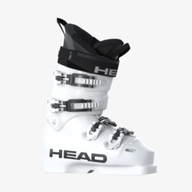
HEAD Raptor RS
20 Available
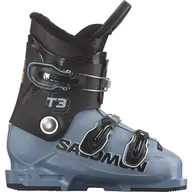
Salomon Performa T3
37 Available
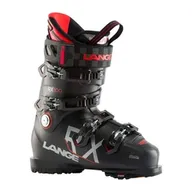
Lange RX
28 Available
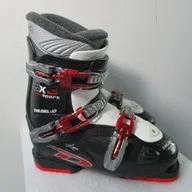
Dalbello CX3
6 Available
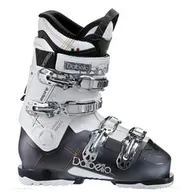
Dalbello Aspire
6 Available

Dalbello Aspire 65
2 Available
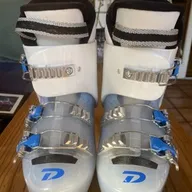
Dalbello Gaia 3
5 Available
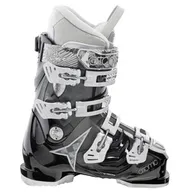
Atomic Hawx 80
8 Available

Tecnica Viva
6 Available

Nordica Firearrow Team 3
7 Available
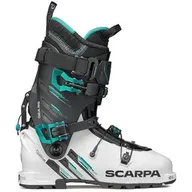
Scarpa Gea RS
6 Available

Tecnica JT4
3 Available

Dalbello Kyra
7 Available

Salomon QST Pro
7 Available
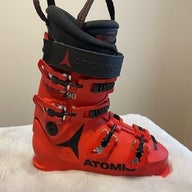
Atomic Redster Club Sport 90
7 Available
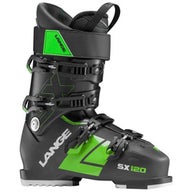
Lange SX
9 Available
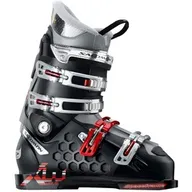
Salomon Wave
10 Available
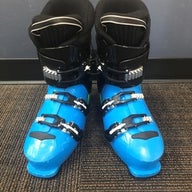
Alpina AJ3
5 Available

Nordica B7
6 Available
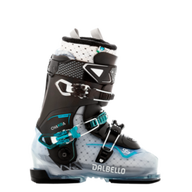
Dalbello Chakra
14 Available

Salomon Divine 55
4 Available
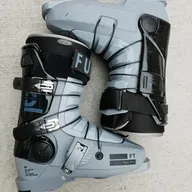
Full Tilt Drop Kick
5 Available

Dalbello Gaia 4
3 Available
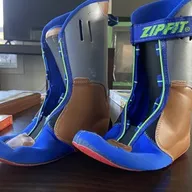
Nordica Grand Prix
3 Available
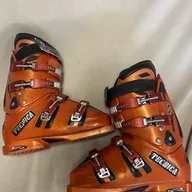
Tecnica Icon
4 Available
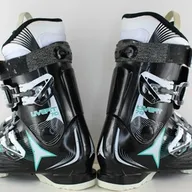
Atomic Livefit 70
7 Available
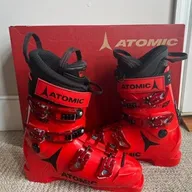
Atomic Redster STI 90
8 Available

Rossignol Pure
6 Available

Rossignol Pure Pro Heat
6 Available
536 Results

PIASShawnessy
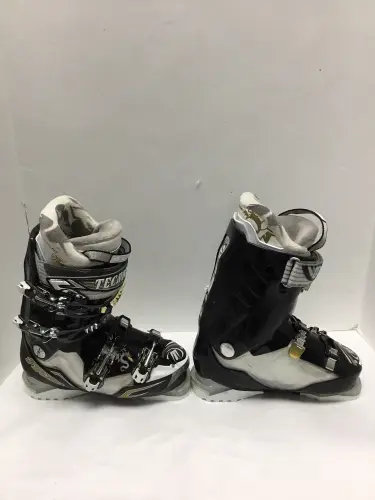
SkiSale
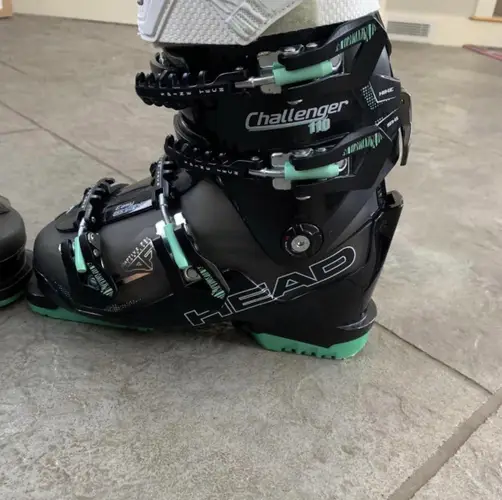
LRYS

PIAS11771

PIACSNorth
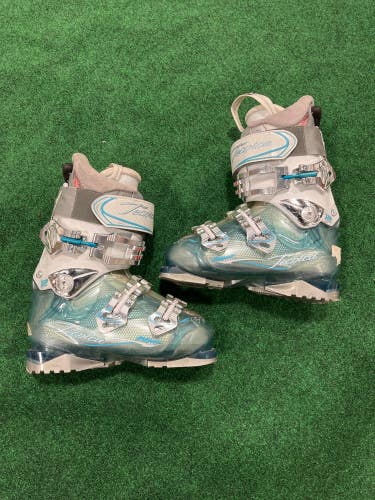
NE_Resellah

PIAS_MADISON

PIASShawnessy






